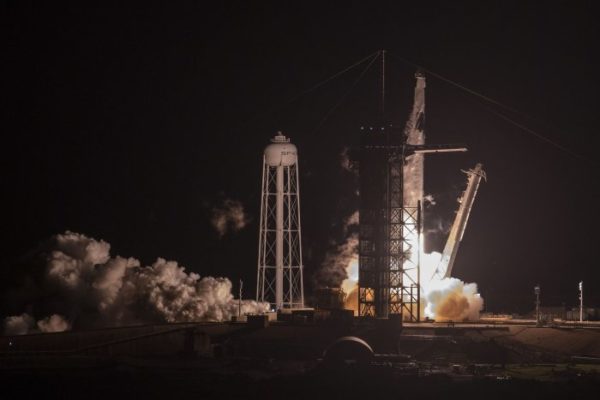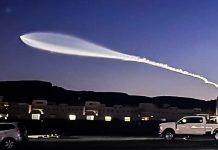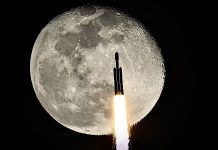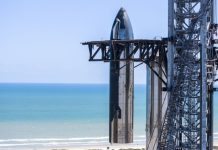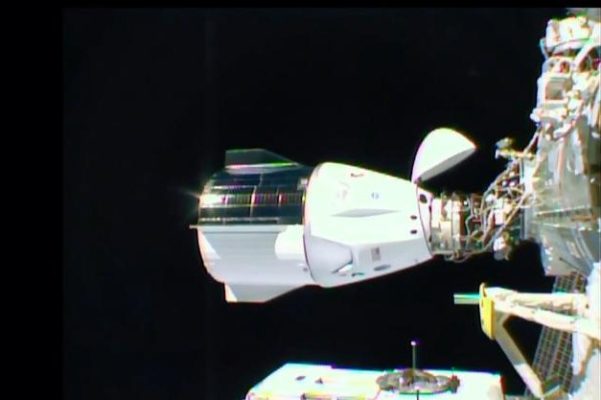
ORLANDO, Fla., Nov. 17 (UPI) — Four astronauts docked late Monday with the International Space Station after a historic launch from Florida and a 27 1/2-hour flight through space in SpaceX’s Crew Dragon capsule, which they named Resilience.
Docking with the orbiting platform occurred at 11:01 p.m. EST and is to be followed with the opening of the hatch roughly 2 1/2 hours later and a brief welcome ceremony that will be shown during an ongoing NASA-TV broadcast of the mission.
“All for one, Crew 1 for all,” astronaut Soichi Noguchi, of the Japan Aerospace Exploration Agency, said from Resilience on docking with the station.
“Welcome to the ISS,” replied NASA astronaut Kate Rubins, who is currently on the station. “We can’t wait to have you on board.”
Hard capture with the station was completed minutes later, and the hatch will open once leak and other checks are completed, giving the four astronauts on board Resilience time to remove their spacesuits, NASA said.
The SpaceX Crew 1 mission is the first ever to transport four astronauts in a space capsule and the first operational flight under NASA’s new commercial space program. Its arrival at the space station for a six-month stay will boost the number of astronauts there to seven for the first time in years.
Astronaut Michael Hopkins, the spacecraft commander, signed off for the crew Sunday night after the capsule was launched at 7:27 p.m. aboard a Falcon 9 rocket and headed to orbit.
He told ground control personnel at SpaceX headquarters in California that the crew didn’t need to adjust lighting or audio. “We’ll just adjust manually,” Hopkins said, adding later, “Thanks for staying up for us.”
Sunshields on the windows were lowered to block out sunlight during the sleep period. The crew also adjusted well to the weightlessness that they will experience throughout the flight, NASA said.
The space agency had decided to build in a sleep period, extending the flight, when controllers chose the Sunday evening launch time.
“These are experienced crew members and they know they gotta get their rest … for the events that are coming up,” Kathy Leuders, NASA’s associate administrator for human spaceflight, said during a press conference after the launch.
Hopkins plans to sleep in the capsule attached to the space station, largely because the space station only has six sleeping stations and seven crew members would be aboard.
He said during a prelaunch press conference that sleeping in the capsule would provide more information about how it operates. During the shuttle era, the spacecraft commander slept in the shuttle’s cockpit occasionally, he said.
Few problems have arisen during the flight. Alerts went off early in the flight, focusing on heaters that warm the spacecraft propellant system. SpaceX engineers determined that control limits for the heaters were set too narrowly and rebooted the system successfully, according to a NASA statement.
Unlike a previous Crew Dragon demonstration flight this past summer, the Crew 1 astronauts won’t fly the completely autonomous vehicle unless needed. Resilience will dock autonomously to the forward port of the space station’s Harmony module.
